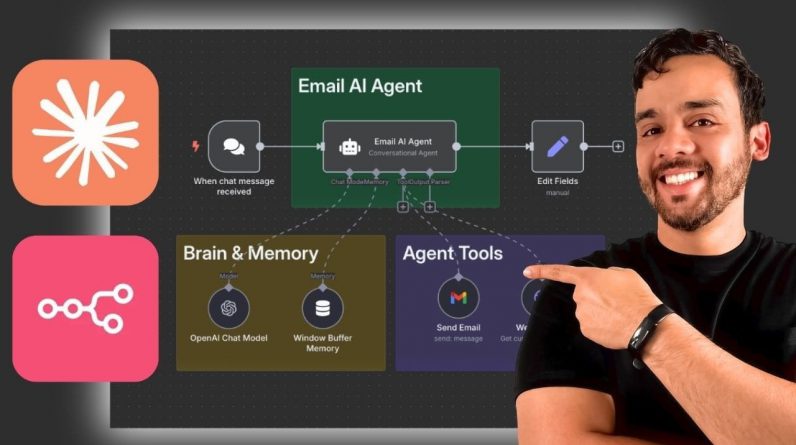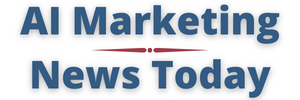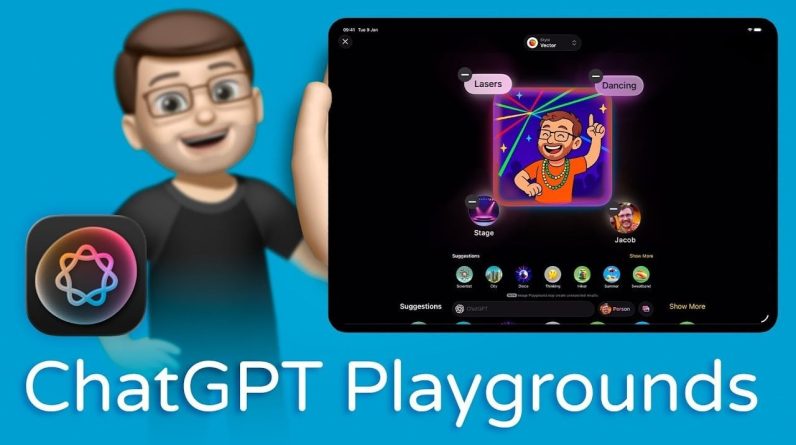
Have you ever wished you could replicate a complex or copy n8n workflows in seconds, without wrestling with code or spending hours on tedious configurations? Imagine taking an intricate n8n automation—complete with error-handling nodes, third-party integrations, and custom triggers—and recreating it almost effortlessly. It might sound too good to be true, but with the help of Claude AI, this is now a reality. By combining the power of artificial intelligence with workflow automation, you can bypass the traditional headaches of manual JSON editing and instead rely on a tool that understands your needs through simple prompts and visual references. The result? A faster, smarter way to copy n8n workflows and bring your automation ideas to life, no matter your technical expertise.
In this instructional feature, Eddy Castillo walks you through how to use Claude AI to instantly replicate any n8n workflow—even the most intricate ones. You’ll discover how to use screenshots, transcripts, and detailed instructions to guide the AI in generating accurate, ready-to-use workflows. Whether you’re a seasoned automation pro or a curious beginner, this guide will show you how to save time, reduce frustration, and unlock new possibilities for workflow creation. By the end, you’ll not only understand the process but also gain insights into how AI can transform the way you approach automation. The question is: how much time and effort could you save by letting AI handle the heavy lifting?
Replicate n8n Workflows with AI
TL;DR Key Takeaways :
- Claude AI simplifies the replication and copying of n8n workflows by using AI-driven plain text prompts, visual references, and structured data, eliminating the need for manual coding expertise.
- Users can upload resources like screenshots, transcripts, and example workflows to provide context, allowing Claude AI to generate accurate and functional JSON files for n8n workflows.
- AI-generated workflows can be refined with minor adjustments, such as modifying node configurations, adding steps, or improving error-handling mechanisms, to meet specific requirements.
- Strategies like providing detailed instructions, uploading example workflows, and using annotations enhance the accuracy and usability of AI-generated workflows.
- Claude AI offers significant time savings, accessibility for non-technical users, and a functional starting point for workflow automation, though clear inputs are essential for optimal results.
Why Choose Claude AI for Workflow Duplication?
Claude AI transforms the process of duplicating n8n workflows by using plain text prompts, visual references, and structured data. Instead of relying on manual coding or pre-built templates, you can use AI to generate workflows tailored to your specific needs. For example, Claude AI can create workflows that:
- Trigger automated actions in Google Sheets
- Send email notifications based on predefined conditions
- Log and organize data within a Notion database
The AI generates a corresponding JSON file, which can be directly imported into n8n. This approach is particularly beneficial for beginners or users without extensive technical knowledge, as it eliminates the need for deep coding expertise. While minor adjustments may be necessary to fine-tune the workflow, the majority of the work is handled by Claude AI, significantly reducing the time and effort required.
1: Preparing Your Project in Claude
The first step in copying n8n workflows and replicating the method is to set up a project in Claude AI. This serves as the foundation for generating accurate and functional workflows. Follow these steps to get started:
- Upload relevant resources, such as screenshots of existing workflows, transcripts from tutorials, or example workflows. These inputs help the AI understand the structure and functionality of the workflows you aim to replicate.
- Provide clear and detailed system instructions. Specify any necessary features, such as error-handling nodes or integrations with third-party tools. The more context you provide, the more precise the AI’s output will be.
By organizing your project with these inputs, you ensure that Claude AI has the necessary information to generate workflows that align with your requirements.
Copy Any n8n Agent Using Claude
Stay informed about the latest in n8n workflow automation by exploring our other resources and articles.
2: Using Visual and Textual References
Visual and textual references play a crucial role in enhancing the accuracy of AI-generated workflows. These resources provide Claude AI with a clearer understanding of the workflow’s structure and functionality. Here’s how to use them effectively:
- Take detailed screenshots of workflow nodes from existing workflows or tutorials. Ensure the images clearly display the connections and configurations.
- Extract transcripts from video tutorials to provide textual context. These transcripts can help the AI interpret the logic and sequence of the workflow.
- Upload these resources to Claude AI as part of your project inputs. Combining visual and textual references ensures the AI has a comprehensive understanding of the workflow.
For instance, if you’re replicating a workflow from a YouTube tutorial, screenshots of the workflow nodes paired with the video transcript can provide Claude AI with the necessary context to generate an accurate replication.
3: Generating and Refining Workflows
Once your project is set up, you can begin generating workflows using Claude AI. Input plain text prompts that describe the desired functionality, and the AI will produce a JSON file that can be directly imported into n8n. While the AI-generated workflows are functional, you may need to refine them to meet your specific needs. Common adjustments include:
- Modifying node configurations to align with your requirements
- Adding additional steps to enhance functionality
- Improving error-handling mechanisms to ensure reliability
These refinements are typically straightforward and do not require extensive technical expertise. By making these adjustments, you can tailor the workflow to your exact specifications.
4: Enhancing Workflow Accuracy
To maximize the accuracy and functionality of AI-generated workflows, consider implementing the following strategies:
- Upload example workflows that include relevant nodes and configurations. These examples serve as reference points for the AI, improving its ability to replicate complex workflows.
- Provide detailed and specific system instructions to minimize errors and ensure the AI’s outputs align with your expectations.
- Use annotations, such as sticky notes or descriptions within the workflows, to clarify the purpose and functionality of each node. These annotations can guide the AI in generating more precise outputs.
By incorporating these strategies, you can ensure that the workflows generated by Claude AI are both accurate and user-friendly, reducing the need for extensive post-generation adjustments.
Advantages and Considerations of Using Claude AI
Using Claude AI for workflow replication offers several notable advantages:
- Significant time savings compared to manual coding, allowing you to focus on higher-level tasks
- Accessibility for users without technical expertise, making workflow automation more inclusive
- A functional starting point for experimentation and further optimization
However, it’s important to be aware of certain considerations:
- The accuracy of AI-generated workflows depends on the quality of the resources and instructions provided. Clear and detailed inputs are essential for optimal results.
- Minor adjustments may still be necessary to ensure the workflows meet your specific requirements and function as intended.
Despite these considerations, the overall process is far more efficient and accessible than traditional methods of workflow creation, making Claude AI a valuable tool for users of all skill levels.
Unlocking the Potential of Workflow Automation
Claude AI offers a powerful and efficient solution for copying n8n workflows, making automation accessible to a broader audience. By using AI-powered tools, you can bypass the complexities of manual coding and create functional workflows with minimal effort. Whether you’re a beginner exploring automation or an experienced user optimizing processes, this approach simplifies workflow creation and opens up new possibilities for innovation. With the right resources and clear instructions, you can harness the power of Claude AI to streamline your workflow automation projects and achieve your goals more effectively.
Media Credit: Eddy Castillo | AI Automation
Filed Under: AI, Guides
Latest Geeky Gadgets Deals
If you buy something through one of these links, Geeky Gadgets may earn an affiliate commission. Learn about our Disclosure Policy.
Originally Appeared Here






